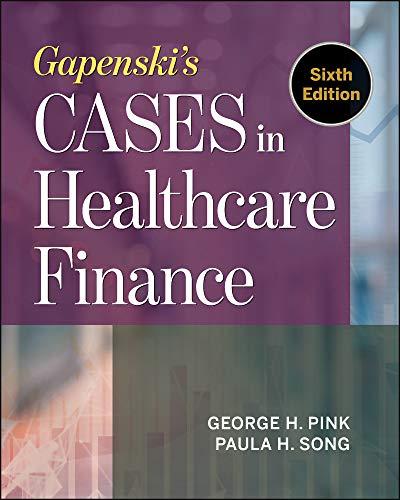Answered step by step
Verified Expert Solution
Question
1 Approved Answer
PLEASE HELP! I DO NOT UNDERSTAND Q 1 & Q 2 ! QUESTION 1 Your credit union offers a 4 8 - month term auto
PLEASE HELP! I DO NOT UNDERSTAND Q & Q QUESTION
Your credit union offers a month term auto loan with a APR. Based on your budget, you can only afford a $ per month
payment. What would be the maximum value that you could pay for a car?
$
$
$
Auto loans have become so expensive that I would prefer to use public transportation. It saves money and helps the environment.
QUESTION
Your bank offers you the following credit card transfer office: APR with daily compounding. You check your local credit union, and
they currently have a promotion on a personal loan at with monthly compounding. Which is the best offer?
Refresher on interest rates equivalency: sometimes lenders will quote APRs with different compounding periods, which makes
comparison of interest rates hard as in this problem
Nominal interest rate APR or annual percentage rate is the yearly rate charged on a loan or paid on a deposit account and
does not consider compounding.
Effective annual rate EAR or APY is the true annual rate of a loan or deposit when compounding of interest is considered.
APR is simpler to calculate, while EAR provides a more accurate representation of interest costs. EAR is useful for comparing loans
that compound interest more frequently than once a year. APR will always be lower than EAR if compounding occurs more than
annually. Lenders are required to disclose APR but not EAR. However, EAR better conveys the true cost or yield.
Formula: EAR I find it easier to use the Excel function: EFFECT. If you are given the EAR and want to convert
to an APR, use NOMINAL. The 'npery' input in the EFFECT and NOMINAL Excel functions refer to the number of compounding
periods per year how often interest is added to the principal: for annual compounding; for semiannual compounding; for
quarterly compounding; for monthly compounding; for daily compounding.
Bank since the APR of is lower than the APR of the credit union of
Bank since the EAR of is lower than the EAR of the credit union of
Credit union since the EAR of is lower than the EAR of the bank of
Bank since the APR of is lower than the EAR of the credit union of

Step by Step Solution
There are 3 Steps involved in it
Step: 1

Get Instant Access to Expert-Tailored Solutions
See step-by-step solutions with expert insights and AI powered tools for academic success
Step: 2

Step: 3

Ace Your Homework with AI
Get the answers you need in no time with our AI-driven, step-by-step assistance
Get Started


